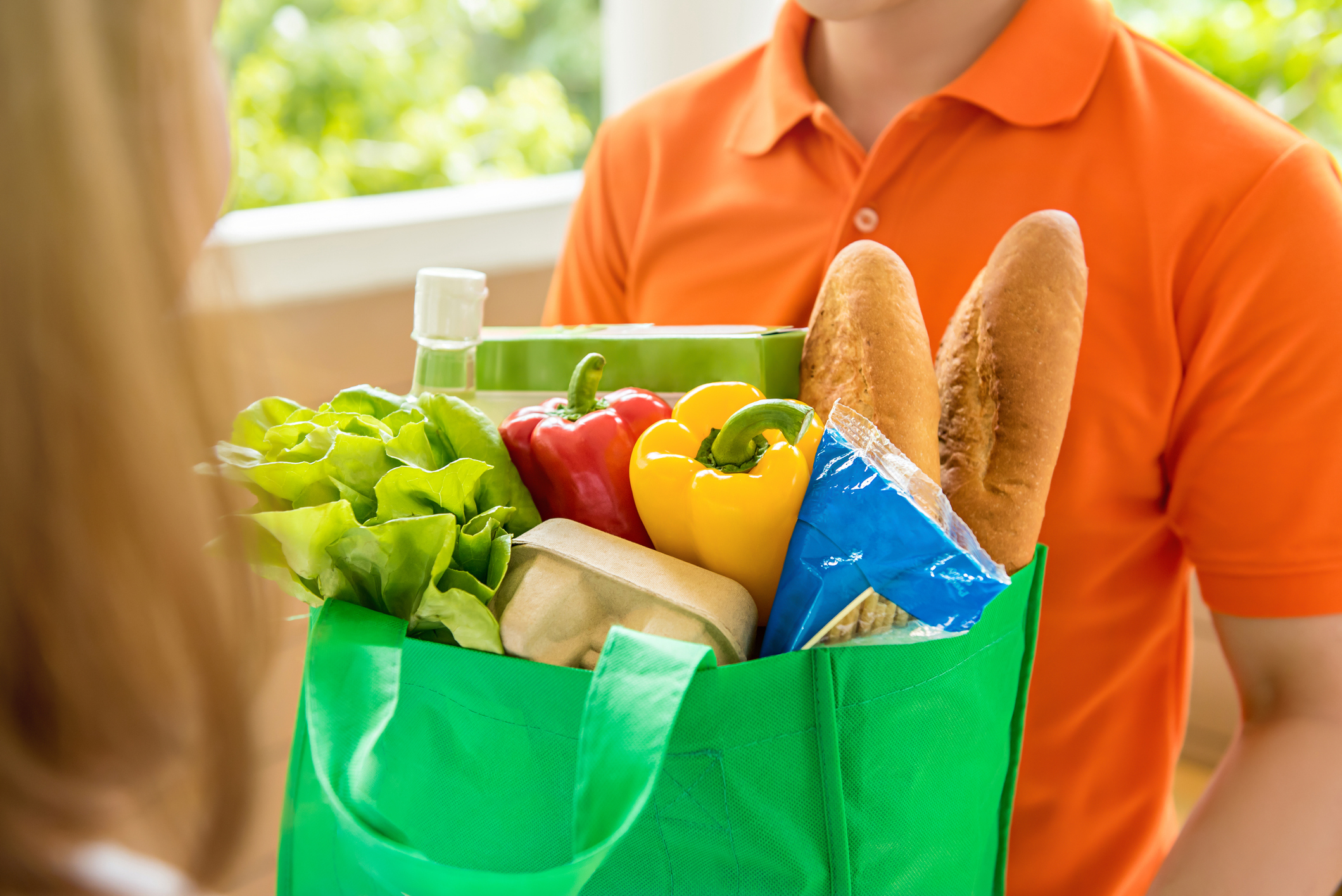A grocery home delivery service is a strong opportunity for independent retailers to boost sales outside of their stores, especially in winter. Shoppers don’t want to venture out in the cold, opting to stay warm wherever possible, especially with energy costs at an all-time high.
The challenge for retailers, however, is making sure their service is robust and strong enough to withhold extreme weather conditions.
“We recently found a store close to us uses bikes, so when the weather is bad, their delivery service shuts down,” says Justin Whittaker, of MJ’s Premier in Royston, Greater Manchester. “This is something we haven’t considered before, but it made us aware of how lucky we are to have cars.”
Using cars can eliminate one challenge in winter, but it can increase unforeseen costs, such as MOTs, breakdowns and general servicing. Talk to other retailers about the additional costs and weigh up the pros and cons before investing.
Gary Dhaliwal, owner of two stores in Southampton, uses drivers and increases prices to ensure his delivery remains viable. “People are still ordering and the company we work with to get the drivers takes a 15% cut,” he says. “The company covers insurance and everything for us.”
Partnering with a food delivery app can remove the additional costs involved, as noted by Kamlesh Patel, of Londis Manor Park in east London. However, Patel’s biggest challenge is maintaining availability.
“We try our best to order what we can, but it’s hard,” he says. “It’s about control and knowing what we can get from wholesalers.”
Communication is vital in situations like these, and Patel contacts the customer straight away if there’s an issue. “We contact them to let them know we haven’t got that product,” he says. “We offer an alternative and if they are happy with that, then so are we.”



Comments
This article doesn't have any comments yet, be the first!